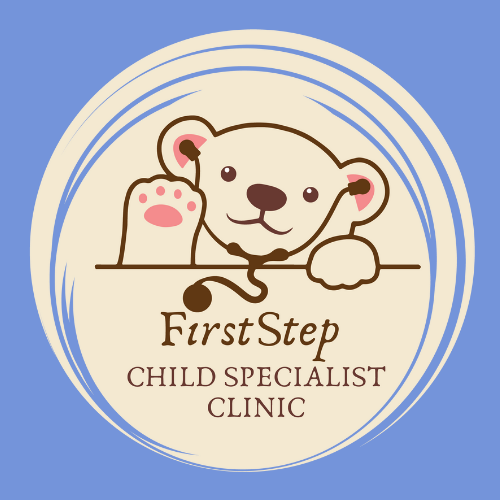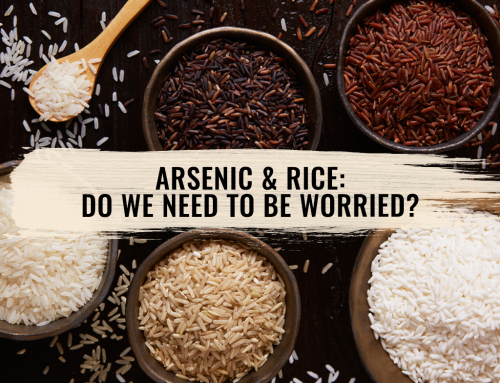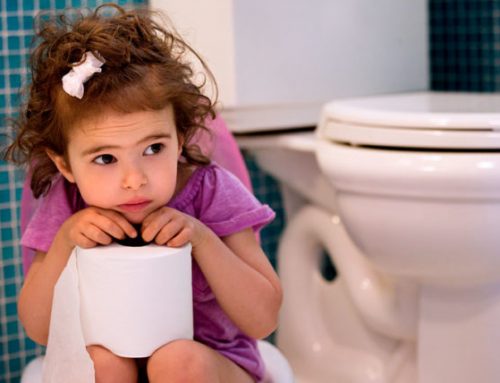How can I clean my child’s ear?
Most parents have the misconception that ear wax is dirty and can lead to blocked ears, thus disturb hearing. Therefore, parents have no qualm in using cotton-tipped swabs to “clean” their child’s ears. Q-tip or cotton-tipped swabs are not meant to be placed into the ears. It is best to leave the ear wax alone.
Ear wax is produced by glands in the ear canal to trap small dust or particles, for lubrication and to protect the ear from infection through its antibacterial properties. Excess ear wax migrates out of the ear canal automatically, aided by jaw movements such as chewing. In other words, the ears have its own “self-cleaning” mechanism.
What are the causes of ear wax buildup?
Excessive or impacted ear wax affects 10% of children.
✔️ The most frequent cause is the use of Q-tip/cotton-tipped swabs which push ear wax deeper into the ear canal.
✔️ Usage of hearing aids or earplugs.
✔️ Smaller or oddly shaped ear canals can make it difficult for the ear wax to come out naturally.
? What are the symptoms of impacted ear wax?
✔️ The feeling of plugged or ear fullness
✔️ Hearing difficulty
✔️ Ear pain or pressure
✔️ Itching or excessive discharge from the ear
How do you clean your child’s ear safely?
➡️ If you noticed ear wax in your child’s ear, use a washcloth to wipe the outer ear. Never use a cotton-tipped swab, toothpick, finger or anything else to poke the ears.
➡️ In the case of hardened ear wax, you could try warming up some oil (olive oil or mineral oil) by holding the container between your palms, then instilling 2-5 drops into the affected ear. Your child should be lying down with the affected ear facing up for at least 5 minutes.
➡️ The other alternative would be using ear wax softeners which can be bought from the pharmacy. Ear wax softeners are generally safe for children above the age of 1-year-old.
If everything fails and your child still experience ear discomfort, do see your doctor. Your doctor may remove the hardened ear wax using special instruments like a curet/suction or warm water flush. Do not attempt these methods at home to avoid the risk of pushing the hardened ear wax deeper or accidentally injuring the eardrum.?
References:
1. Jesse M. Hackell M.D, FAAP : Updated guideline advises on treating children with impacted cerumen – AAP guidelines, January 03,2017
2. AAO-HNSF Clinical Practice Guideline : Earwax Removal August 29,2008
INTERESTED IN PARENTING ARTICLES?
We have the right articles just for you.
“There is no such thing as a perfect parent. So just be a real one.” – Sue Atkins






